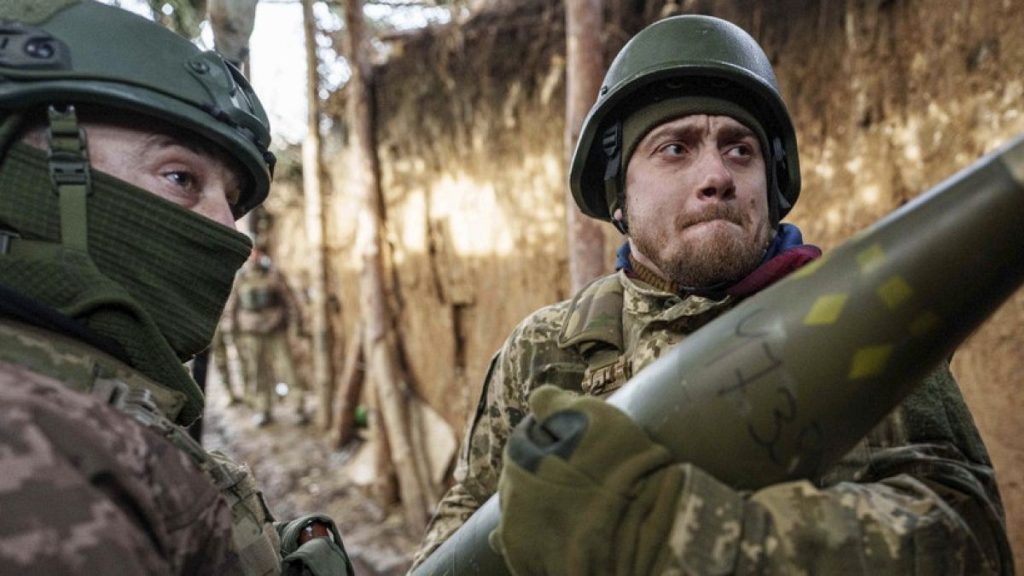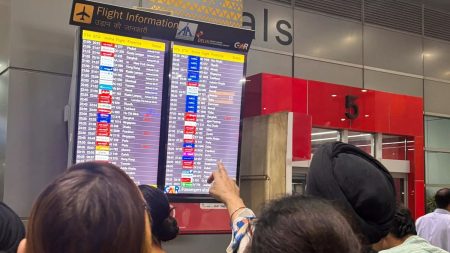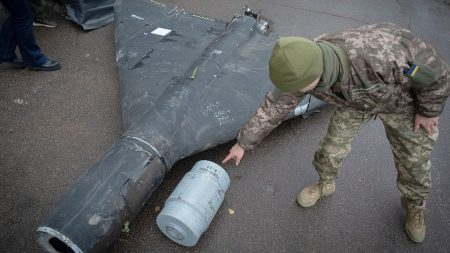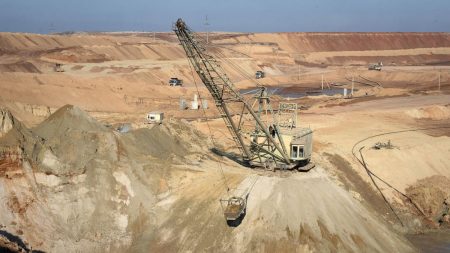The persistent conflict in Ukraine’s Donetsk region underscores the urgent need for increased military aid to bolster the country’s defense against Russia’s relentless aggression. Ukrainian soldiers entrenched on the frontlines, some of whom have endured nearly three years of continuous combat, emphasize the dire situation and the Kremlin’s ongoing buildup of forces, foreshadowing further territorial incursions. These battle-hardened troops, ranging in age from as young as 21, exhibit unwavering resolve and courage in the face of constant danger. Their experience highlights the necessity of troop rotations to maintain combat effectiveness, a logistical challenge amidst the ongoing fighting. A key request from these frontline soldiers is the provision of NATO-standard 155mm howitzers, lauded for their enhanced range and battlefield impact. These advanced weapons systems, capable of striking targets up to 60 km away with rocket-assisted projectiles, are crucial for repelling Russian advances and safeguarding Ukrainian territory.
Beyond the immediate needs of the frontline, the wider impact of the war continues to inflict devastating consequences on Ukrainian civilians. Recent Russian drone attacks on Mykolaiv and Sumy exemplify the ongoing threat to civilian populations and critical infrastructure. The attack on Mykolaiv resulted in injuries to two civilians and widespread disruptions to essential services, including power, heating, and gas supplies. The damage to residential buildings, leaving many without heat during the harsh winter months, underscores the vulnerability of civilian populations. Simultaneously, the drone attack on Sumy, targeting residential areas and a production facility, resulted in injuries to at least three individuals, including a young child. The swiftness of these attacks often leaves civilians with little to no time to react, highlighting the unpredictable and dangerous nature of the conflict.
The aftermath of these attacks reveals a grim picture of damaged homes, disrupted lives, and the relentless efforts of rescue workers and volunteers to alleviate the suffering. Emergency responders in Mykolaiv were deployed to assess the damage and provide assistance to affected residents. In Sumy, efforts focused on clearing debris, sealing broken windows, and repairing damaged roofs, providing temporary relief in the face of ongoing instability. These attacks not only inflict physical damage but also underscore the psychological toll on communities constantly living under the threat of violence.
The devastating impact of the war on Ukraine’s infrastructure is staggering, with estimated damages exceeding €146 billion. This figure, already revised upwards from earlier estimates, is expected to climb even further as experts continue to assess the full extent of the destruction. The daunting task of rebuilding and recovery is projected to cost upwards of $485 billion (€466 billion) over a decade. This financial burden highlights the long-term economic consequences of the conflict and the immense challenges facing Ukraine in its path to recovery.
Against this backdrop of ongoing conflict and destruction, diplomatic efforts to find a resolution to the war continue. President Zelenskyy’s presence at the World Economic Forum in Davos underscores his commitment to securing international support for Ukraine’s defense against Russian aggression. His appeals for increased military and financial aid are aimed at bolstering Ukraine’s resilience and its ability to withstand the ongoing onslaught. Concurrently, the US has threatened further sanctions against Russia if a peaceful resolution remains elusive. While the effectiveness of such threats remains uncertain, they underscore the international community’s concern over the ongoing conflict and the pressure being exerted on Russia to end its aggression.
The war in Ukraine is a multi-faceted crisis with far-reaching consequences. From the frontlines, where soldiers bravely defend their country against relentless attacks, to the cities and towns scarred by missile strikes and drone attacks, the human cost of the conflict is undeniable. The extensive damage to infrastructure presents a formidable challenge for the country’s long-term recovery. As diplomatic efforts continue, the urgent need for increased military and financial aid remains paramount to supporting Ukraine in its fight for survival and its journey towards rebuilding a shattered nation. The resilience and determination of the Ukrainian people, despite the ongoing hardship, serve as a testament to their unwavering spirit in the face of adversity.










